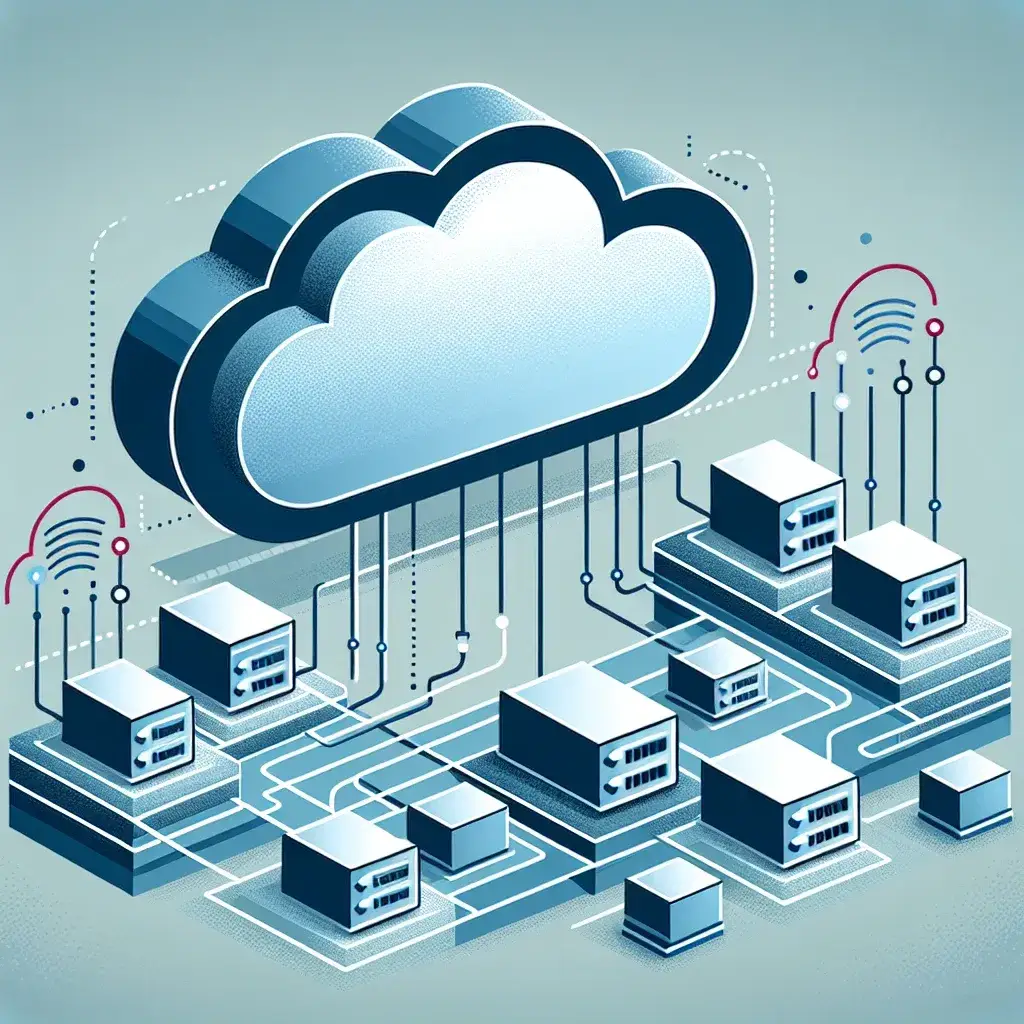Introduction to Edge Computing
In an increasingly digital world, the demand for faster data processing and reduced latency is paramount. Edge computing has emerged as a solution to meet these demands by bringing computation and data storage closer to the location where it is needed. This article delves into how edge computing nodes can reduce cloud bandwidth requirements by an impressive 60%, reshaping the landscape of cloud services and data management.
Understanding Bandwidth and Its Role in Cloud Computing
Bandwidth refers to the maximum rate of data transfer across a network path. In the context of cloud computing, high bandwidth is essential for transferring large volumes of data between cloud servers and end-users. However, as the volume of data generated by IoT devices and applications skyrockets, organizations often face escalating costs and performance bottlenecks associated with cloud bandwidth usage.
The Rise of Edge Computing
Edge computing addresses these challenges by decentralizing computing resources and processing data at the ‘edge’ of the network—closer to the source of data generation. This approach minimizes the dependency on centralized cloud data centers and significantly reduces the data that needs to be sent over the network, thus alleviating bandwidth constraints.
How Edge Computing Nodes Reduce Bandwidth Requirements
Edge computing nodes are local data centers or devices located near the data source. By processing data on-site or near the source, these nodes can:
- Filter and Pre-process Data: Edge nodes can analyze and filter data before it reaches the cloud, sending only relevant information. This reduces the overall volume of data transmitted.
- Perform Localized Data Analysis: Many computations can be performed on the edge, eliminating the need to transfer raw data to the cloud, which greatly reduces bandwidth usage.
- Enhance Real-Time Data Processing: Applications requiring real-time data processing, such as autonomous vehicles or smart cities, benefit from edge computing as it reduces latency and the need for continuous cloud communication.
Statistics Behind Bandwidth Reduction
Studies show that organizations implementing edge computing have seen reductions in cloud bandwidth demands by up to 60%. This reduction translates into significant cost savings and improved performance:
- Reduced operational costs related to data transfer.
- Improved response times, enhancing user experiences.
- Greater reliability, as local processing reduces the risk of network outages affecting cloud access.
Benefits of Edge Computing Nodes
Beyond bandwidth reduction, edge computing offers numerous advantages:
- Improved Performance: By processing data closer to its source, applications run faster, enhancing the overall performance.
- Increased Security: Data can be processed locally, reducing the risk of exposure during transmission over the internet.
- Scalability: Organizations can easily scale their operations by adding more edge nodes without significantly increasing bandwidth costs.
Challenges and Considerations
While edge computing presents numerous benefits, it is important to be aware of potential challenges:
- Infrastructure Costs: Initial investments in edge computing infrastructure can be high.
- Management Complexity: Managing a distributed network of edge nodes requires robust software and strategies.
Future Predictions: The Evolution of Edge Computing
The future of edge computing looks promising, with predictions suggesting a rapid increase in adoption across various industries:
- Expansion into New Markets: Industries like healthcare, manufacturing, and transportation are expected to leverage edge computing to enhance operational efficiency.
- Integration with AI and Machine Learning: Edge nodes will increasingly integrate with AI technologies, allowing for smarter local data processing and analysis.
- 5G and Beyond: The rollout of 5G networks is set to further enhance the capabilities of edge computing, providing faster speeds and more reliable connections.
Real-World Examples of Edge Computing Success
Numerous organizations are already reaping the benefits of edge computing:
- Smart Cities: Cities employing edge computing technology to process data from traffic cameras and sensors can manage traffic flow more effectively, reducing congestion.
- Healthcare: Hospitals using edge computing to monitor patient vitals in real-time can respond more quickly to emergencies.
- Manufacturing: Factories using edge nodes for machine monitoring can predict equipment failures before they occur, minimizing downtime.
Conclusion
Edge computing nodes are revolutionizing the way organizations approach data processing and cloud bandwidth management. By reducing bandwidth requirements by up to 60%, they not only improve operational efficiency but also pave the way for a new era of digital transformation. As technology evolves, embracing edge computing will be essential for organizations seeking to stay competitive in an increasingly data-driven world.

